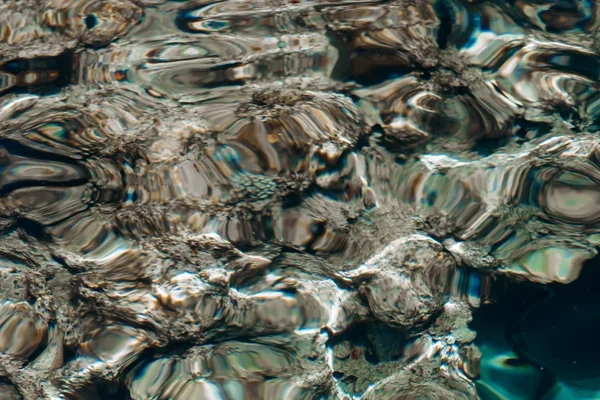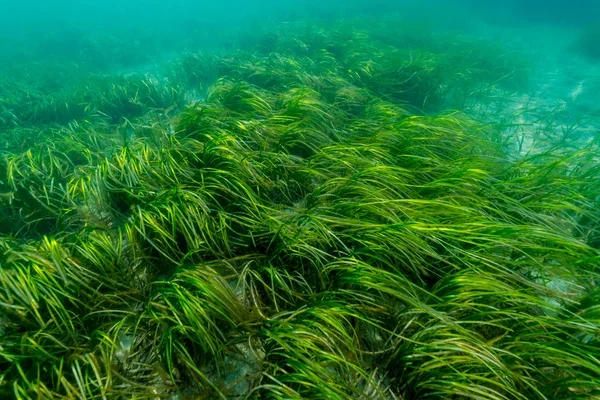Nurturing Nature in the Indian River Lagoon
by Rivers are Life Team
Stretching over 150 miles along Florida's coast, the Indian River Lagoon of Florida is home to over 4,300 species of plants and animals, including manatees, dolphins, and countless fish and bird species. Its mangrove forests and seagrass beds act as nurseries for juvenile marine life, while its waters provide a vital feeding ground for migratory birds. Like many natural wonders, this estuary faces its share of challenges. Fortunately, passionate individuals, organizations, and government agencies are working tirelessly to protect and restore the Indian River Lagoon.
Community involvement is crucial in conservation efforts. Volunteer cleanup events, educational programs, and citizen science projects empower residents to become stewards of the lagoon. By raising awareness and fostering a sense of ownership, these initiatives promote sustainable practices and encourage collective action to preserve this natural treasure for future generations.
Seagrass Restoration: Indian River Lagoon National Estuary Program (IRLNEP)
Seagrass beds are vital habitats within the lagoon, offering sanctuary to a multitude of species, from tiny seahorses to manatees. Yet, they face threats from pollution and degradation. Through meticulous planning and dedication, restoration efforts aim to breathe new life into degraded seagrass beds, enhancing habitat quality and improving water clarity for all inhabitants of the lagoon.
As a key player in lagoon conservation, IRLNEP collaborates with various partners to implement seagrass restoration projects. Their expertise in estuarine ecology and ecosystem management guides the planning and execution of restoration efforts.
water quality.
Learn more about the Indian River Lagoon National Estuary Program seagrass bed restoration projects here.
Oyster Reef Restoration: Brevard Zoo & Florida Oceanographic Society
Oyster reefs play a crucial role in filtering water, stabilizing shorelines, and providing habitat for various marine species. Restoration projects focus on rebuilding and enhancing oyster reef habitats within the lagoon to improve water quality and support biodiversity.
Brevard Zoo's Oyster Restoration Program is an innovative initiative that combines conservation and education by engaging local communities in oyster reef restoration projects. The program employs sustainable reef-building techniques and involves volunteers in monitoring and maintenance activities.
Learn more about the Brevard Zoo Oyster Restoration Program here.
With a focus on marine conservation and education, the Florida Oceanographic Society conducts oyster reef restoration projects along the Indian River Lagoon. Their research and outreach efforts raise awareness about the importance of oyster habitats and their role in improving water quality.
Learn more about the Florida Oceanographic Society oyster reef restoration projects here.
With each carefully stacked oyster shell, these organizations forge underwater homes, not just for these bivalve beauties, but for other marine creatures as well. Together, they breathe life into the lagoon, ensuring its waters are equipped with vitality for generations to come.
Mangrove Restoration: The Nature Conservancy & Local Environmental Agencies
Mangrove forests are vital coastal ecosystems that provide essential ecosystem services, including shoreline protection, carbon sequestration, and habitat for diverse wildlife. Restoration efforts aim to reestablish and expand mangrove habitats along the Indian River Lagoon to enhance resilience to climate change and protect coastal communities.
Recognizing the critical role of mangrove forests in coastal resilience, The Nature Conservancy leads mangrove restoration projects in the Indian River Lagoon. Their expertise in habitat restoration and conservation science informs the implementation of mangrove planting initiatives.
Learn more about The Nature Conservancy mangrove restoration program.
Many local environmental agencies and community-based organizations collaborate on mangrove restoration efforts, including habitat mapping, restoration planning, and volunteer engagement. These grassroots initiatives play a crucial role in expanding mangrove habitats and protecting coastal ecosystems.
Stormwater Management and Green Infrastructure: Local Government & Water Management Districts
Stormwater runoff from urban and agricultural areas is a significant source of pollution in the Indian River Lagoon, carrying nutrients, sediment, and contaminants into the waterway. Restoration projects focus on implementing green infrastructure solutions, such as rain gardens, bioswales, and constructed wetlands, to capture and treat stormwater before it reaches the lagoon.
Municipalities and counties within the Indian River Lagoon watershed implementstormwater management projectsto reduce pollution and mitigate flooding. Through green infrastructure initiatives and stormwater treatment systems, these agencies work to minimize the impact of urban runoff on the lagoon.
Alongsidelocalgovernment,organizations like theSouth Florida Water Management Districtand theSt. Johns River Water Management Districtoversee water resources and environmental restoration efforts in the region. They provide funding, technical assistance, and regulatory oversight for stormwater management projects.
Community Engagement and Education: Indian River Lagoon National Estuary Program (IRLNEP) & Local Environmental Education Centers
Community involvement is essential for the success of restoration projects in the Indian River Lagoon. Education and outreach initiatives raise awareness about the importance of the lagoon, promote sustainable behaviors, and mobilize volunteers to participate in restoration activities.
In addition to restoration projects,IRLNEPcoordinates community engagement and education programs aimed at raising awareness about lagoon conservation. Their outreach initiatives include workshops, citizen science projects, and volunteer opportunities for residents.
Institutions such as theMarine Discovery Center in New Smyrna Beachand theEnvironmental Learning Center in Vero Beachalso offer educational programs and hands-on experiences related to lagoon conservation. These centers serve as hubs for community involvement and environmental stewardship.



